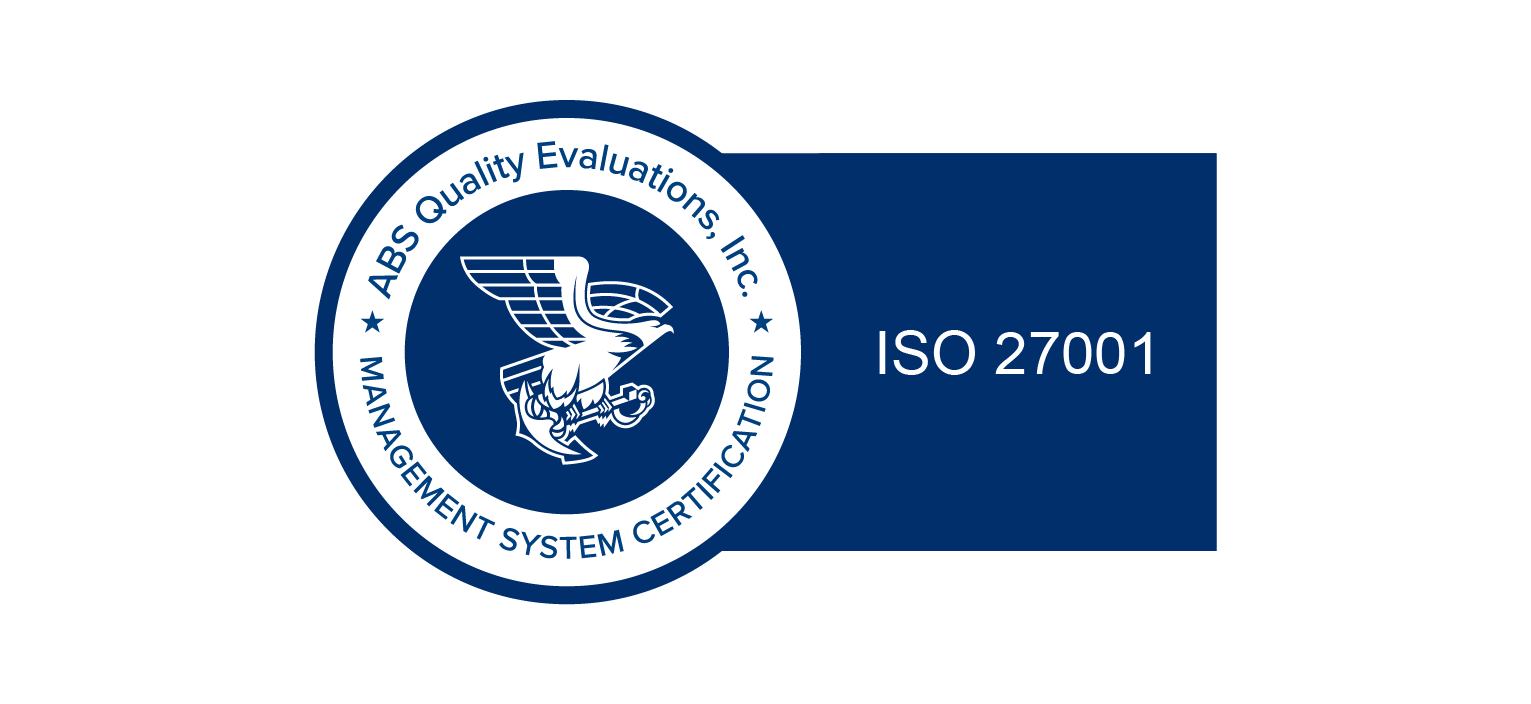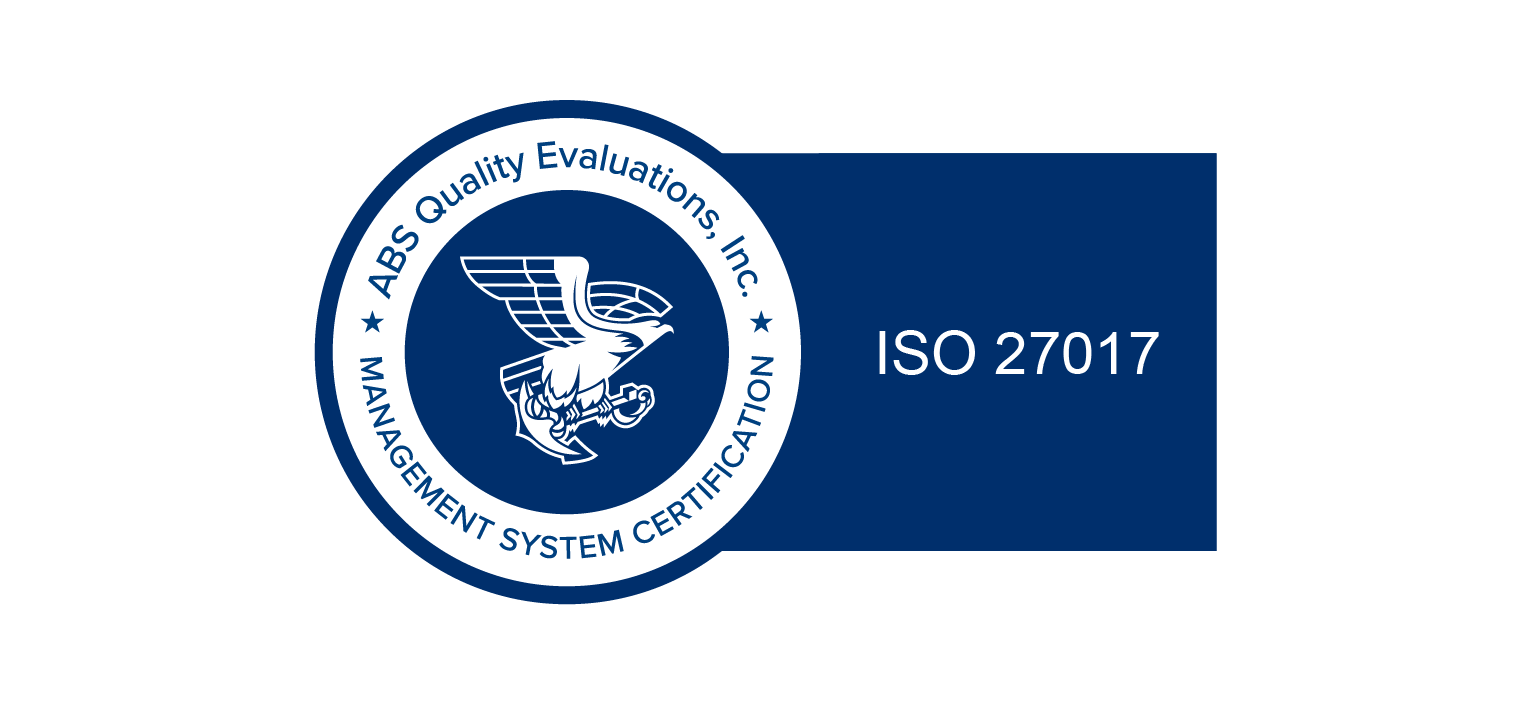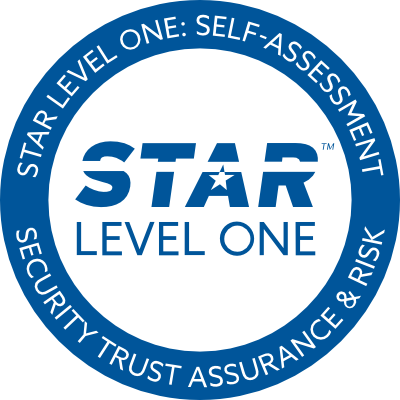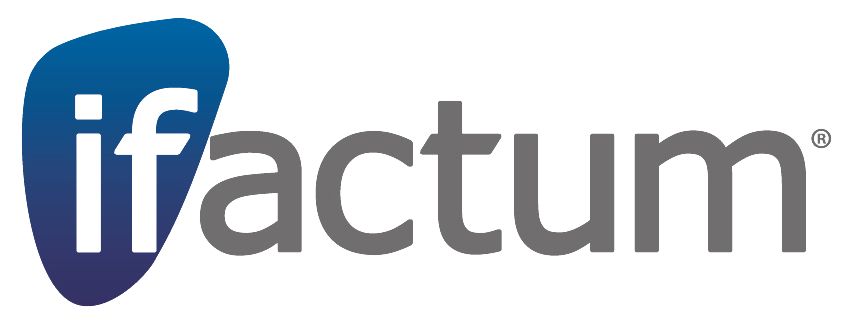
Machine Learning and AI
Unlock the power of AI and take your business to the next level
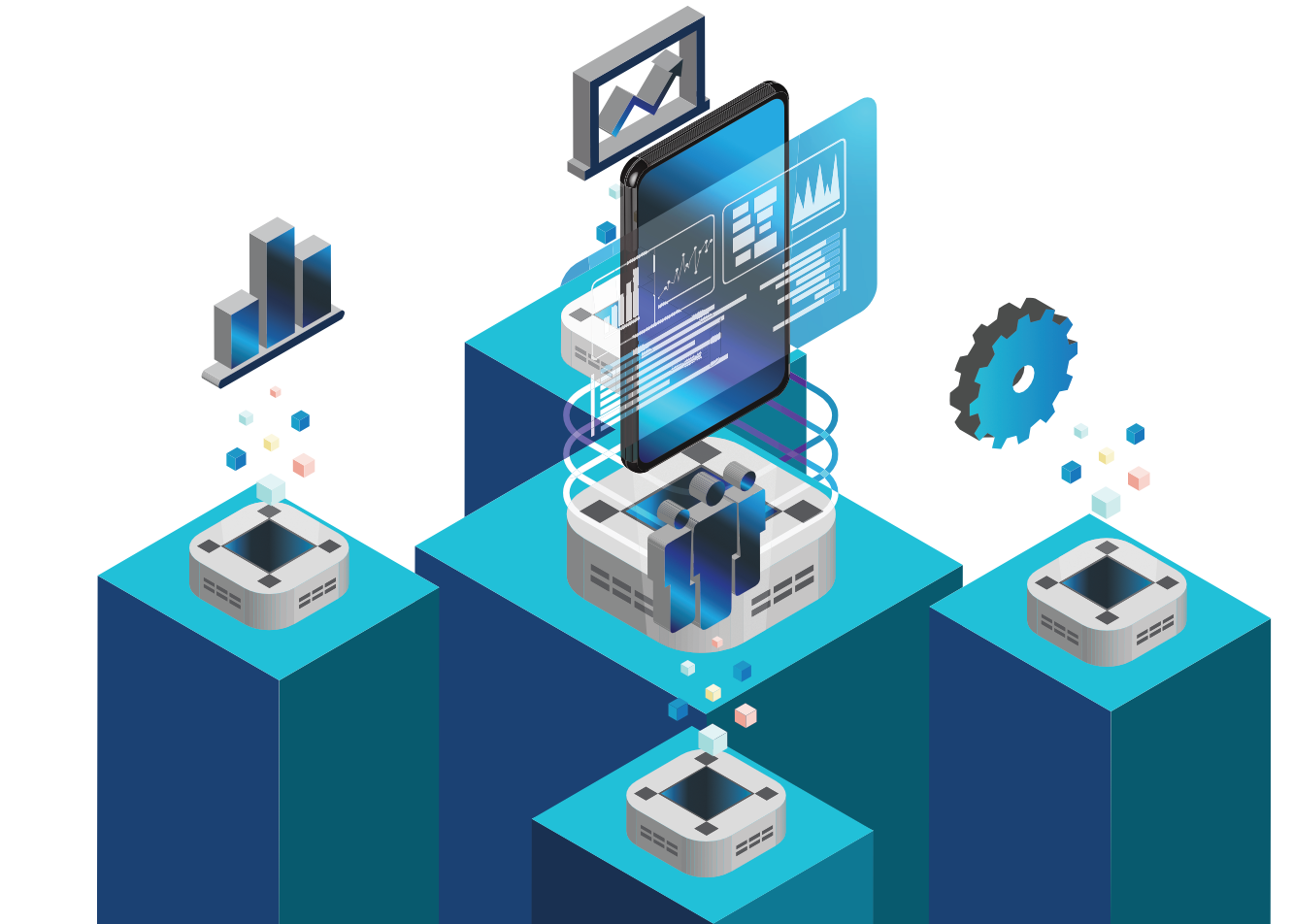
Artificial intelligence (AI) is becoming increasingly ubiquitous in today's software applications. From mobile apps to desktop software and web applications, AI-powered features are now being integrated into nearly every type of software
Our document processing solution helps businesses derive valuable insights from text within documents, using AI. By extracting text, key phrases, topics, sentiment, and other important information, we simplify document classifictation and workflows, and enable faster decision-making.
Natural-Language Processing (NLP)
Document Text Extraction
Our AI-powered document extraction solution enables businesses to extract not only text but also structured data such as tables and forms from documents. Our solution goes beyond traditional OCR by extracting relationships, structure, and text from documents. This allows businesses to gain valuable insights from their data, streamline workflows, and make more informed decisions.
AI-powered chatbots designed to automate tasks across many languages, understand user intent, and maintain context throughout the conversation. With text and voice chatbots, businesses can provide instant support to customers, improve engagement, and increase customer satisfaction.
Conversational Interfaces
Text-to-Speech and Speech-to-Text AI technologies enable organizations to improve customer engagement by creating conversational interfaces. Businesses can transform text-based content into natural-sounding voice conversations, making it easier for customers to interact with their services or products. Businesses can reduce wait times, provide instant support, create personalized experiences, and enhance their customers engagement, satisfaction and loyalty.
Microservices can be deployed in multiple locations, enabling distributed development and deployment. This leads to better code organization and easier maintenance for increased scalability, availability, and performance.
Image and Video Processing
Language Translation
To avoid unintentional entanglement between services and to maintain the effectiveness of separate deployments, microservices should each have their own private data store. Each service may have its own data models, queries, or read/write patterns, which is critical, particularly if the organization is required to comply with the General Data Protection Regulation (GDPR)
Microservices can be deployed in multiple locations, enabling distributed development and deployment. This leads to better code organization and easier maintenance for increased scalability, availability, and performance.
Video Transcription
Personalization and Recomendations
To avoid unintentional entanglement between services and to maintain the effectiveness of separate deployments, microservices should each have their own private data store. Each service may have its own data models, queries, or read/write patterns, which is critical, particularly if the organization is required to comply with the General Data Protection Regulation (GDPR)
Microservices can be deployed in multiple locations, enabling distributed development and deployment. This leads to better code organization and easier maintenance for increased scalability, availability, and performance.
Forecasting
Anomaly Detection
To avoid unintentional entanglement between services and to maintain the effectiveness of separate deployments, microservices should each have their own private data store. Each service may have its own data models, queries, or read/write patterns, which is critical, particularly if the organization is required to comply with the General Data Protection Regulation (GDPR)
Microservices can be deployed in multiple locations, enabling distributed development and deployment. This leads to better code organization and easier maintenance for increased scalability, availability, and performance.
Fraud Detection
Inference
To avoid unintentional entanglement between services and to maintain the effectiveness of separate deployments, microservices should each have their own private data store. Each service may have its own data models, queries, or read/write patterns, which is critical, particularly if the organization is required to comply with the General Data Protection Regulation (GDPR)
Microservices are an architectural and organizational approach to software development that divides large, complex applications into smaller, loosely coupled services. Large applications, as you might expect, are difficult to develop, deploy, and maintain; however, small independent services can be easily scaled up and down, reducing the possibility of system failure and allowing applications to be easily maintained.

Future trends in customized applications are driven by increased automation of corporate operations and an increasing amount of enterprise data in retail, manufacturing, and healthcare.
Artificial intelligence for IT operations
AIOps is all about using machine learning and AI technologies to create tools that can do the work of IT operations teams. This includes solving complex system failures, spotting security breaches, and recognizing changes in data and patterns. With the help of cloud-based distributed containerization, the data that IT Ops teams need to monitor is easily accessible. AIOps can help with failure prevention and troubleshooting, and also shut down unused resources to save money and automate security monitoring.
Serverless architecture
Serverless microservices ease the integration of serverless functions with other managed services. The same logic and components used in one microservice can serve as the basis for other microservices using this approach. As the application grows, this feature reduces the amount of code that needs to be written.
Serverless microservices are an excellent choice for complex and constantly changing applications, as they are easy to manage and scale, and also for those that can be split into multiple services and event-driven tasks.
Multi-cloud environment
The future of microservices promises to be easier for developers and operations teams. Excitingly, this will be facilitated by the use of microservices across various cloud environments, to capitalize on their distinct characteristics. For example, a single cloud environment would be best for database and information management microservices. Other microservices might need storage, archiving, AI, and analytics features from two or three different cloud environments.
